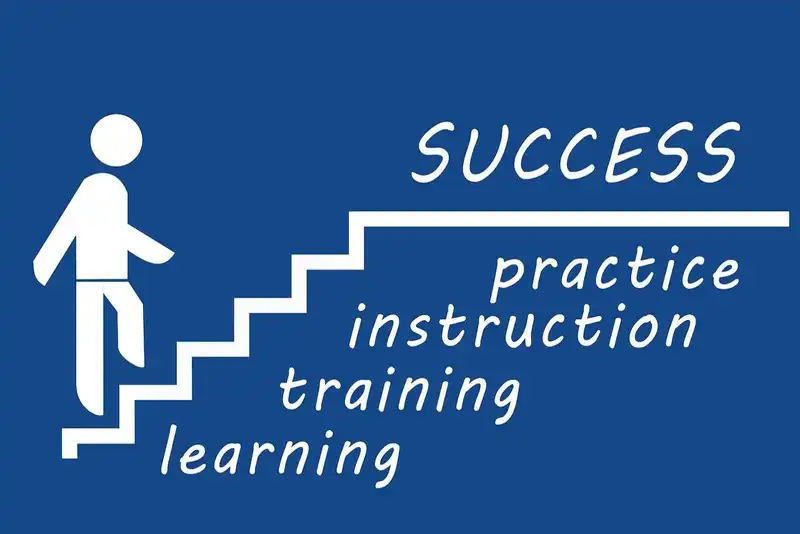The Top Ideas for Employee Development
Why Invest in Developing Your Employees
Employees are the engine and fuel that keep your company up and running. What makes them stay and work harder for you is when they know you genuinely care for them. One impactful way to achieve that is to embrace employee development as your company culture.
Why should you invest in employee development?
Employee development activities not only help you retain and attract top talent, but they also increase overall employee engagement (which has been proven to increase profitability by 21%) and help to train future leaders.
Ways to Improve Your Internal Employee Development

While 90% of executives and 96% of managers agree that a culture of learning is essential to the business, many of them find it challenging for several reasons-
- Multi-generational workforce
- Employees are too busy
- Managers are not fit to coach
Whether you're new or a seasoned player in employee development, you'll find something useful to take home and implement.
1. Train for soft skills
According to a LinkedIn Workplace Learning 2020 report, the higher priority skills are leadership, creative problem solving, design thinking, and communication.
In the age of automation, your employees need to be adaptable, think critically, communicate effectively, and lead themselves independently to continue fueling growth to your organization that machines can't replace.
The first important step in training soft skills is to identify the industry skill gaps and employees' individual needs and goals.
Your managers can use an Individual Development Plan (IDP), a framework to help facilitate learning and development for themselves and their direct reports. Then deliver soft skills training according to your employees' IDP and skill gaps.
2. Help managers become coaches
Managers are great at managing their own and their direct reports' work. But they lack coaching experiences to develop their subordinates' soft skills and performance.
If hiring a coach for your managers isn't practical, ask your managers to start coaching by using the GROW model which stands for-
- Goal
- Current reality
- Options
- Will (or Way Forward)
How to GROW-
1. Guide their direct reports to establish S.M.A.R.T goals.
2. Help them to gain awareness of the current reality (what they've done, what's working and not, what's stopping them, what did they learn, etc.)
3. Provoke them to explore other options and generate solutions.
4. Check for commitment and help them to create a clear action plan for the next steps.
3. Give regular constructive feedback
According to Gallup, only 14% of employees strongly agree their performance reviews inspire them to improve. This shockingly low percentage triggers organizations to rethink their annual performance review, "do our annual reviews really get the most out of our people?"
The answer is a resounding no, but are there better alternatives?
It is still too early to conclude alternatives to annual performance reviews, but one emerged to be the next best alternative across industries- regular constructive feedback.
When managers provide weekly feedback, the team members are 3.2x more likely to be motivated and 2.7x more likely to be committed at work.
A simple and effective constructive feedback model is the S.B.I model-
- Situation- Describe the situation with specifics
- Behavior- Describe the behavior observed (not your interpretation of the behavior
- Impact- Describe the impact of the behavior
4. Encourage cross-team collaboration
The best way to train communication is by connecting people from different departments and get them to work together to solve a specific, complex problem.
Cross-team collaboration has been shown to minimize poor communications, increase innovation and creativity, and foster healthy relationships among your employees.
Unfortunately, there is no one formula to implement cross-team collaboration. But according to a five-year Google analysis, they have discovered the 5 most important factors required to foster a productive collaborative space (in order of importance)-
1. Psychological safety- The team members feel safe to take risks and be vulnerable in front of each other.
2. Dependability- Members take responsibility and complete high-quality work on time.
3. Structure and clarity- The individual understands the role, expectations, and how to fulfill those expectations. Google uses Objective & Key Results (OKR) to help set and communicate expectations and goals.
4. Meaning- Members find the work is important and meaningful to them.
5. Impact- Members think their work creates change and matters to the company and the community.
Concluding Remarks

Building and delivering effective employee development strategies that suit all of your employees is not an easy job. Most executives find it challenging due to the complexity of the workforce and the short shelf life of skills.
Despite the challenges, your organization can still implement effective employee strategies that keep you ahead of the curve, and employees engaged at work.
Some of the employee development ideas you can take home and implement are-
1. Train for soft skills
2. Help managers become coaches
3. Give regular constructive feedback
4. Encourage cross-team collaboration






